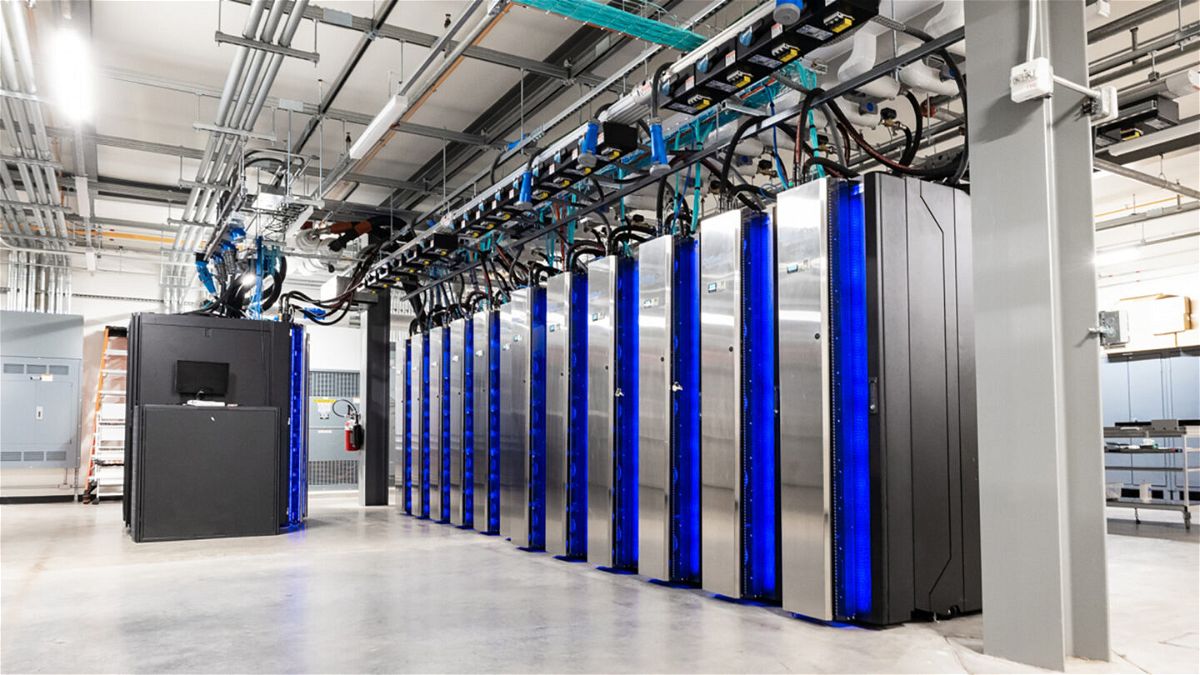‘Dogwood’ and ‘Cactus’ will improve your weather forecast

Twin supercomputers Dogwood and Cactus are the newest additions to NOAA's weather and climate operational supercomputing system.
By Judson Jones, CNN Meteorologist
At 8 a.m. ET Tuesday, two new supercomputers came online. These new computers, called Dogwood and Cactus, will improve weather and climate forecasts, according to the National Oceanic and Atmospheric Administration.
“This is a big day for NOAA and the state of weather forecasting,” said Ken Graham, director of NOAA’s National Weather Service.
The computers are three times faster than their predecessors, each running an operations speed of 12.1 petaflops, which means they perform over 12 quadrillion operations per second. This ranks them as the 49th and 50th fastest computers in the world by TOP500.
The enhanced computing and storage capacity of these new computers will allow “NOAA to deploy higher-resolution models to better capture small-scale features like severe thunderstorms, more realistic model physics to better capture the formation of clouds and precipitation, and a larger number of individual model simulations to better quantify model certainty,” the agency said.
Dogwood and Cactus will run forecast models that meteorologists and climatologists worldwide will use, thus allowing government officials to make more timely decisions based on forecasts.
Starting this fall, the new supercomputers will enable an upgrade to the US Global Forecast System (GFS). This is the forecast model often referred to as the “American Model.”
This will keep us on par with other leading forecast centers around the world, Graham said at a news conference Tuesday morning.
These new computers will also allow for the launch of a new hurricane forecast model called the Hurricane Analysis and Forecast System (HAFS), slated to be in operation for the 2023 hurricane season, pending tests and evaluation, NOAA said.
The supercomputers are strategically located in different parts of the country.
“Dogwood and Cactus are named after the flora native to their geographic locations of Manassas, Virginia, and Phoenix, Arizona, respectively,” NOAA said. “The computers serve as a primary and a backup for seamless transfer of operations from one system to another.”
The pair will replace NOAA’s previous supercomputers in Reston, Virginia, and Orlando, Florida.
The-CNN-Wire
™ & © 2022 Cable News Network, Inc., a WarnerMedia Company. All rights reserved.
CNN’s Monica Garrett and Payton Major contributed to this report



